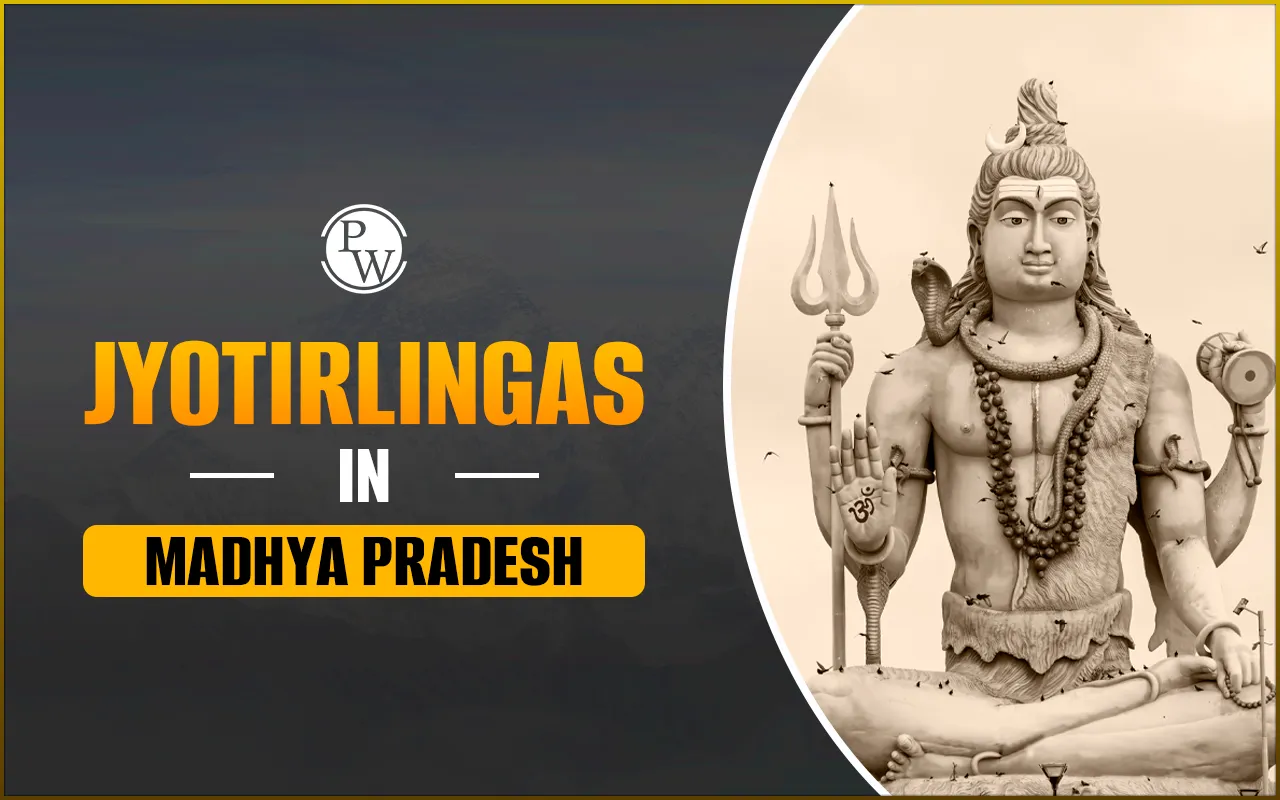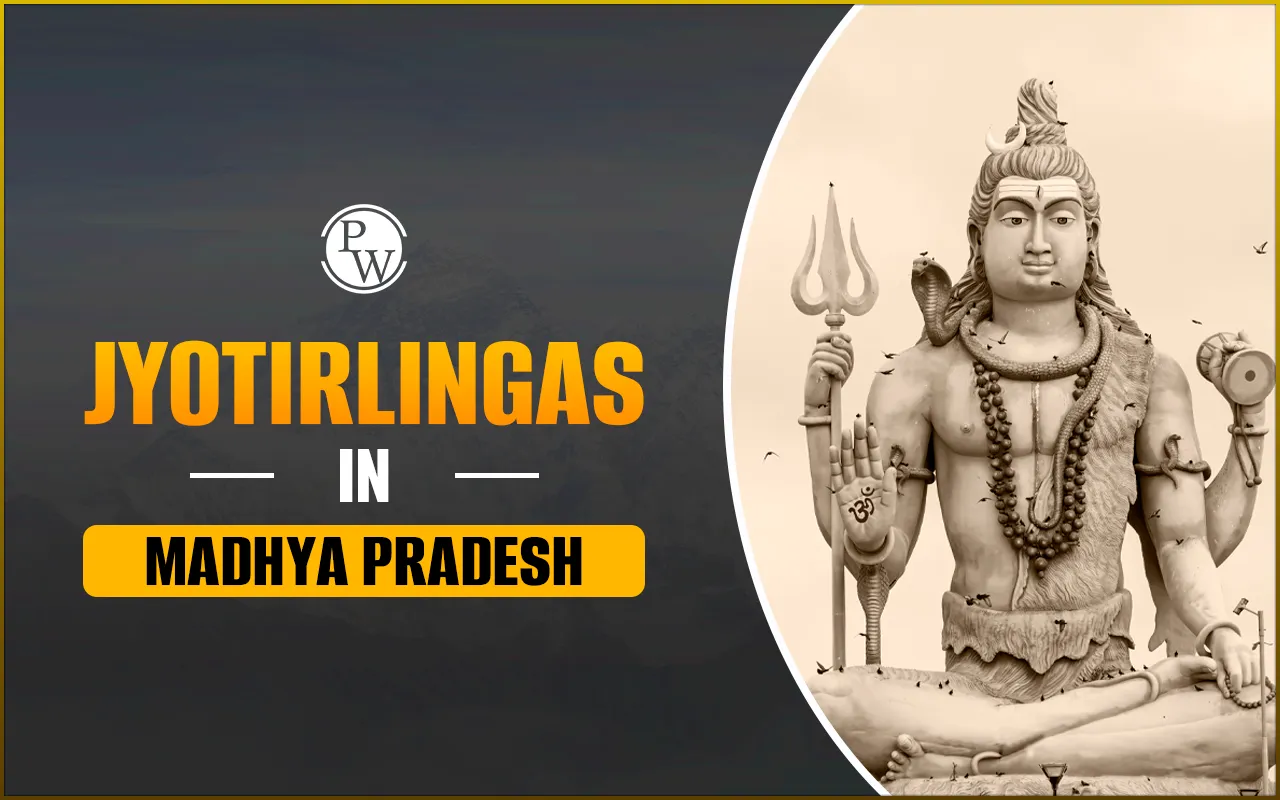

Jyotirlingas in Madhya Pradesh: Madhya Pradesh, often referred to as the heart of India, is a state rich in historical, cultural, and religious significance. Among its many sacred places, the Jyotirlingas stand out as important places of pilgrimage for millions of devotees. These temples are dedicated to Lord Shiva, one of the principal Gods in Hinduism, who is believed to embody the divine energy of the universe.
Also read: Wildlife Sanctuaries of Madhya Pradesh
What are Jyotirlingas?
The term Jyotirlinga comes from the Sanskrit words "Jyoti" meaning light or radiance, and "Linga," which refers to the symbolic representation of Lord Shiva. According to Hindu mythology, there are twelve Jyotirlingas scattered across India, each representing an embodiment of Lord Shiva's divine light. It is believed that visiting these Jyotirlingas helps devotees purify their souls and brings them closer to spiritual enlightenment.
In Madhya Pradesh, there are two major Jyotirlingas, both significant for their religious and historical importance: Omkareshwar and Mahakaleshwar.
Also read: Small and Cottage Industries of Madhya Pradesh
Two Jyotirlingas in Madhya Pradesh
The two temples in Madhya Pradesh are thought to be self-born idols, or swayambhu. Mythologies claim that Lord Shiva has transformed himself into a linga at specific houses of devotion. Of the twelve jyotirlingas of Lord Shiva, two are located in Madhya Pradesh, a state in central India. Okareshwar temple in Omkareshwar and Mahakaleshwar Jyotirlinga in Ujjain are the two.
-
MAHAKALESHWAR JYOTIRLINGA, UJJAIN
One of the twelve temples and Jyotirlingas devoted to Lord Shiva is Mahakaleshwar. The temple is located on Rudra Sagar Lake's shores. In folklore, a demon named Dushana used to harass residents of the city of Ujjain before Lord Shiva slew him. This city was the residence of the lord Shiva, who assumed the shape of Jyotirlinga. The temple is special because the lingam faces south and the ceiling above the garbhagriha is engraved with the Shree yantra. The pictures of Lord Ganesh, Kartikeya, and Goddess Parvati that are positioned in the sanctum's west, north, and east are still another distinctive element. Every morning, the temple's primary attraction, Bhasm-Aarti, bathes the lingam in ash from the freshly burned funeral pyre. The three most renowned festivals are Nag Panchami, Sawan, and Mahashivratri.
Best time to visit: Mahashivratri, which takes place in February or March, is the ideal time of year to visit the Mahakaleshwar Temple.
Also read: Universities in Madhya Pradesh
-
OMKARESHWAR TEMPLE, OMKARESHWAR
The city of Omkareshwar is well-known as a pilgrimage site and is home to one of the twelve Jyothirlangas. Lord Shiva, who symbolises a portion of the fourth jyotirlinga, is the object of devotion at the temple. It is located on the Narmada River's Mandhata. situated on the island of Omkareshwar, which is shaped like the letter "OM" and gets its name from the holy term. The Jyotirlinga can be touched and rituals performed at this temple. The bed and palna in the temple sanctum are also thought to be where Lord Shiva rests at night. Shayan Aarti, which happens at around eight o'clock in the evening, is the temple's main attraction. The well-known holidays of Mahashivratri, Ganesh Chaturthi, Anant Chaudas, Holi, and Diwali are all observed in Omkareshwar.
Best time to visit: The winter months of October through March are the ideal times of year to visit the temple. The weather is favourable enough for both sightseeing and temple visits.
Also read: First in Madhya Pradesh
Jyotirlingas in Madhya Pradesh FAQs
How many Jyotirlingas are there in Madhya Pradesh?
Where is Omkareshwar Jyotirlinga located?
Where is Mahakaleshwar Jyotirlinga located?
What is the significance of the Mahakaleshwar temple?
What makes Omkareshwar Jyotirlinga unique?











